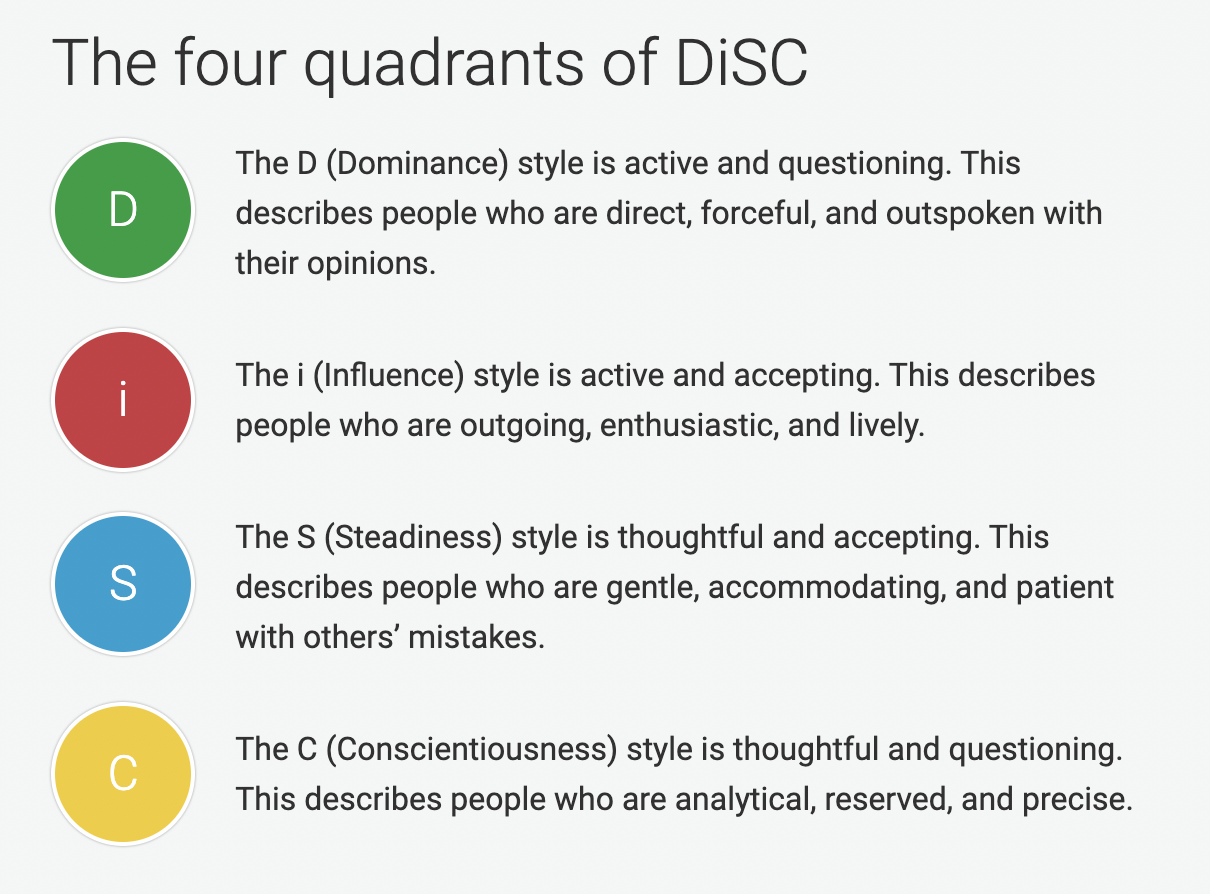7 ideas for continuous virtual team building
We all have become more familiar with the virtual world over the years, whether we have wanted to or not. Team building can be difficult when you are not face to face so here are seven ideas to promote team building through a screen.
-
- Leverage technology
If your company has embraced remote work, your teams likely have already been videoconferencing. This is essential for enabling colleagues to see each other face to face.Videoconferencing certainly isn’t the only technology you can harness to reduce the perception of distance between people. Also consider using:
- Technology platforms (e.g. Slack, Microsoft Teams) through which people can post messages, chat and share pictures, for example
- Social media (e.g., private Facebook chat groups or similar)
- IM
These additional options promote more frequent, direct communication between individuals, and can help to recreate some of the spontaneous or more relaxed conversations that people would have in the office.
- Schedule regular virtual meetings
It’s one thing to videoconference at all, and it’s another thing to commit to doing it regularly. If you want your teams to feel a real sense of camaraderie and familiarity, scheduling meetings at least once per week is optimal. This includes both:
- Team meetings
- One-on-one meetings with direct reports
Allow time in each meeting for small talk and personal discussion, during which employees can talk about what’s going on with them either at work – including how they may need support – or outside work.
- Take personal quizzes and share the results
An essential component of teamwork training is understanding where other people are coming from, and how that impacts their working and communication styles.
Why not have your team take a personality quiz, such as the popular DISC assessment, and share their results with each other over a video call? This has the benefit of:
- Increasing self-awareness
- Educating colleagues about each other
- Enhancing empathy and emotional intelligence (EQ)
- Decreasing the potential for conflict
- Host virtual events
Who says you can’t throw events in a virtual environment? If you videoconference for work, you can also videoconference to socialize and strengthen relationships among colleagues.
Invite your team to gather virtually for lunch or happy hour – whatever is appropriate for their time zone.
During these events, you could ask employees to share a few photos of their favorite memories or major life events over the past year to discuss with the group. Or, you can play some fun games (more details coming up next). Have a bigger budget to play with? Try coffee or chocolate tasting sessions.
- Play games
The possibilities here are endless, but the goal is the same: To have fun and share a laugh and friendly competition with colleagues while learning about each other.
Game ideas:
- Online bingo
- Online escape rooms
- Getting to know each other games, for example:
- “This or That,” during which employees answer a series of questions about their personal preferences and can talk a bit more about themselves, such as:
- Beach or lake?
- Coffee or tea?
- Movie/TV shows or books?
- Kahoot, which is an app in which game administrators can pick a few categories (ex., favorite vacation destination or pets’ names), employees create their own questions and answers, and their colleagues have to guess the correct answers
- Establish virtual mentor-mentee pairings or virtual work buddies
Mentorship programs can exist in virtual spaces, too. Similarly to how entire teams and managers and direct reports meet regularly, mentors and mentees should also videoconference on a regular basis to check in and give mentees an opportunity to ask questions or obtain coaching.
If a remote employee is new to the organization or has recently changed roles or teams, it can also be helpful for their manager to assign them to a workplace buddy. This person can help to facilitate their transition, answer questions and just serve as a familiar face.
- Move employee resource, or affinity, groups online
Employee resource groups and employee affinity groups can be a great opportunity for remote employees to get involved with an organization and establish connections with people who share their life circumstances, interests or hobbies.
For example, employees who are former veterans or who are interested in supporting veterans in the workplace could videoconference regularly to discuss those issues and share ideas.
Or, employees who enjoy reading or movies could form virtual book and movie clubs. Similarly, employees who are interested in fitness and personal wellbeing could create virtual groups focused on those topics – and even create virtual challenges.
“Talent wins games, but teamwork and intelligence win championships.”
– Michael Jordan
Did you know this about disc?
DiSC is an assessment that aids with effective communication




